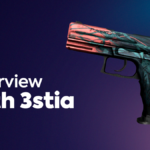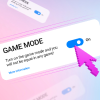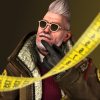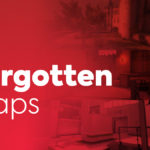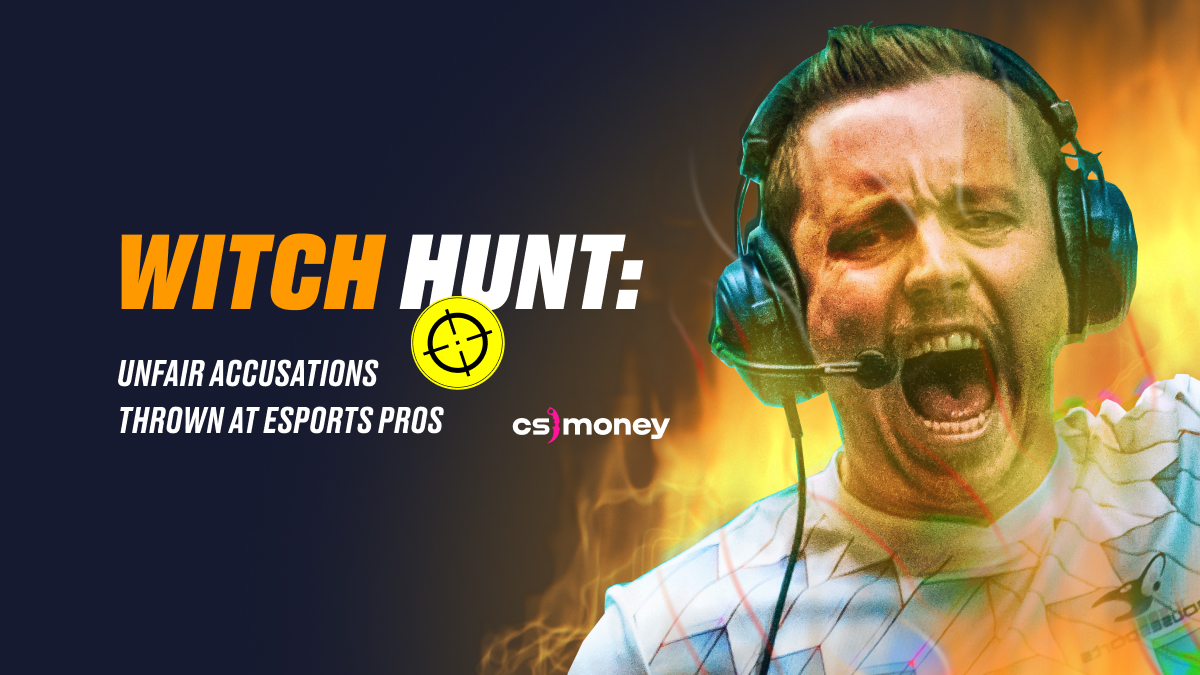
Have you ever faced the following situation: you give a well-placed burst of fire into smoke, kill an opponent, and they accuse you of cheating? Of course, you have! This happens to everyone, all the time. Including eSports pros. But the fact is, for them, accusations like that can turn into much bigger problems. The CS.MONEY blog is here to summarize five cases where the Counter-Strike: Global Offensive community started a regular witch hunt.
Robin “flusha” Rönnquist getting accused of cheating
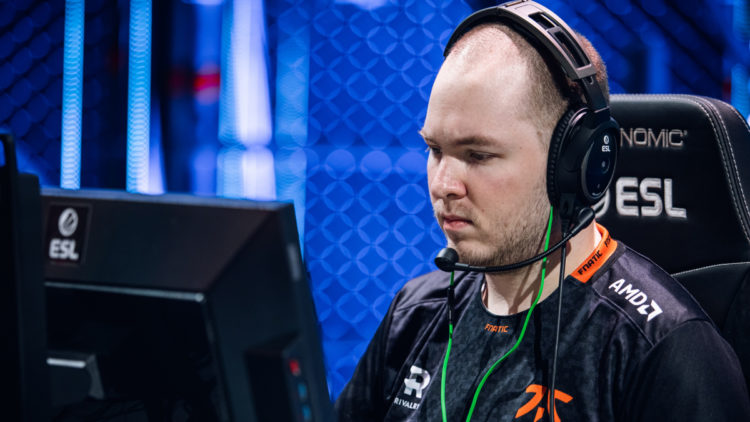
Robin “flusha” Rönnquist’s career is nothing short of extraordinary. Over thirty wins at big tournaments, three victories in Majors, four appearances in the HLTV Top 20 Players of the Year! Esports pros with a track record like that are few and far between. And yet, none of them have experienced such frequent accusations of cheating.
It all started back during the first Major, DreamHack Winter 2013, and continues to this day. Even in 2020, these accusations weren’t the sole preserve of hype-loving bloggers: people who made them included former Natus Vincere player and coach Serhii “starix” Ishchuk. The accusations are based on a number of suspicious moments in matches, like aimed shots through several walls.
Theories to bolster those accusations may be downright absurd, along the lines of “Valve is covering up flusha so as not to ruin the game’s reputation”. However, this witch hunt is hardly based on anything but rumors. Robin has had a long and successful career and is clearly not afraid of mocking his accusers in interviews. The only thing we can say is that as long as flusha doesn’t have a VAC ban, all the accusations are null and void.
Adderall & first doping scandal

No sooner had the CS:GO community recovered from the first big cheating and match-fixing scandals than a new wave of accusations came flooding in. This time, it was all about doping. In a 2015 interview, Kory “SEMPHIS” Friesen, then an ex-Cloud9 player, let slip that he and his former team had taken Adderall while performing at ESL One Katowice 2015.
A couple of words about the drug itself. Adderall is based on amphetamine salts and used in the treatment of attention deficit hyperactivity disorder and narcolepsy. It can also be used as a sports doping drug, as it reduces reaction time and suppresses fatigue. The effects sound really beneficial! But as Thanos said, reality is often disappointing. At the aforementioned ESL One Katowice 2015, the Cloud9 lineup performed terribly. The team barely won one map in their match against Team SoloMid.
In any event, the tournament operators didn’t let things slide and ESL (among others) announced its intention to conduct doping tests — and they even went through with that. The result wasn’t surprising: catching esports pros on doping turned out to be a wild goose chase. Ever since Kory “SEMPHIS” Friesen’s announcement until today, not a single esports pro has been caught on doping. Moreover, the doping matter itself raises questions. It’s not only a limited number of tournament operators from the world of CS:GO that say it’s impossible to doping’s effectiveness. For instance, Nate Nanzer, the commissioner of The Overwatch League, claimed that the impact of such stimulants on the play level hasn’t yet been proven. The doping scandal has gone on and on. Nevertheless, no one has done an exhaustive study on doping in eSports so far.
Coach camera bug

In September 2020, the competitive gaming community was rocked by the biggest scandal ever. It was even bigger (by an order of magnitude) than KQLY’s ban for cheats or iBUYPOWER’s matches! At the time, the Esports Integrity Commission, aka ESIC, brought charges of exploiting a coach camera bug against nearly forty coaches of esports teams.
The list of the bug users included quite a few high-profile names: Allan “Rejin” Petersen, Nicolai “HUNDEN” Petersen, Slaava “Twista” Räsänen, Nicholas “guerri” Nogueira — these and other coaches were literally the locomotives of the top 30 HLTV teams. The accusations were followed by a wave of personnel reshuffles. Some clubs suspended the accused coaches, while others reassigned them to other positions in their respective organizations, like analysts.
Several coaches protested against investigating their cases and achieved changes in the ESIC’s verdict. For example, Serhei “lmbt” Bezhanov was able to completely get all charges dismissed. The Ukrainian coach had to spend almost a month on the proceedings. However, the vast majority of the other defendants were found guilty. After a while, Valve joined the crusade: based on the Commission’s findings, the company issued a ban on participation in Major tournaments. Stories of other bugs have surfaced to this day, but not a single one of them has gained such momentum.
Astralis’ shooting at smoke
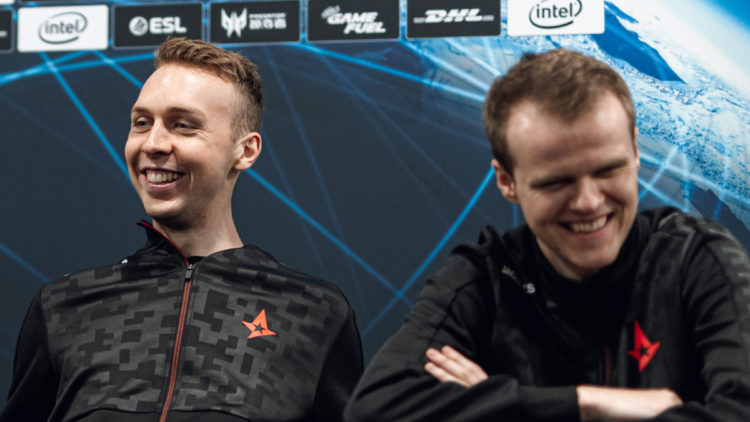
From large-scale witch hunts, let’s move on to individual hunts. In 2018, Astralis players Andreas “Xyp9x” Højsleth and Lukas “gla1ve” Rossander were suspected of handling smoke grenades way too good. It all started with a moment in the match against mibr. Left in a one-vs.-one situation, Xyp9x shot a spray of fire into a dense cloud of smoke and sent his opponent to the spawn area.
Soon enough, accusations were brought against the Danish players. People talked about “special settings,” “third-party soft,” and “exploiting bugs.” Despite the seeming obviousness of the situation, the accusations turned out to be unfounded. The fact of the matter is, for every player on the Counter-Strike: Global Offensive server, smoke is rendered directly on the client, that is, on the user’s own hardware. As a result, the clouds of smoke may vary in shape. It’s not even a bug, but rather a well-known feature of the game mechanics.
The Danish team lost the match in question with a score of 1:2. Mibr and Astralis went head-to-head again in the same tournament, this time in the grand final, where the Danes beat the Brazilians and won the tournament title. A minor scandal surrounding the smoke incident ended up going nowhere. Almost.
Thanks to the attention the problem attracted, it was found out that the opponent’s location appears on the radar at the moment the smoke clears. That is, you could spot a player on the radar for a second or two before they were actually in sight. In 2019, the devs solved this issue, and now, it’s no longer possible to detect the enemy on the radar like that.
Tweaked picture from NVIDIA Freestyle

2018 also witnessed another incident related to the picture on the players’ screen. Nvidia introduced the Freestyle feature for its GeForce Experience, its main trick being real-time image post-processing. In simple words, Freestyle allowed you to apply filters to the game not unlike the notorious Instagram filters.
Unexpectedly, it turned out that by adjusting a couple of Freestyle filters, you could lighten up the dark corners on the maps, make the smoke a bit more transparent, and secure many other advantages. This quickly lead to a heated debate in the community, since any player could now weak their image.
As in the case with smoke, Valve solved this problem on its part by introducing Trusted Mode. When in this mode, the game won’t interact with third-party software without a special digital signature. The company has instituted a strict policy towards such software and continues to fence the game from all other software.
Since the launch of Counter-Strike: Global Offensive, there have been numerous scandals around the game. And there will be more in the future. Subscribe to our newsletter, and you won’t miss any large-scale events related to the game!

